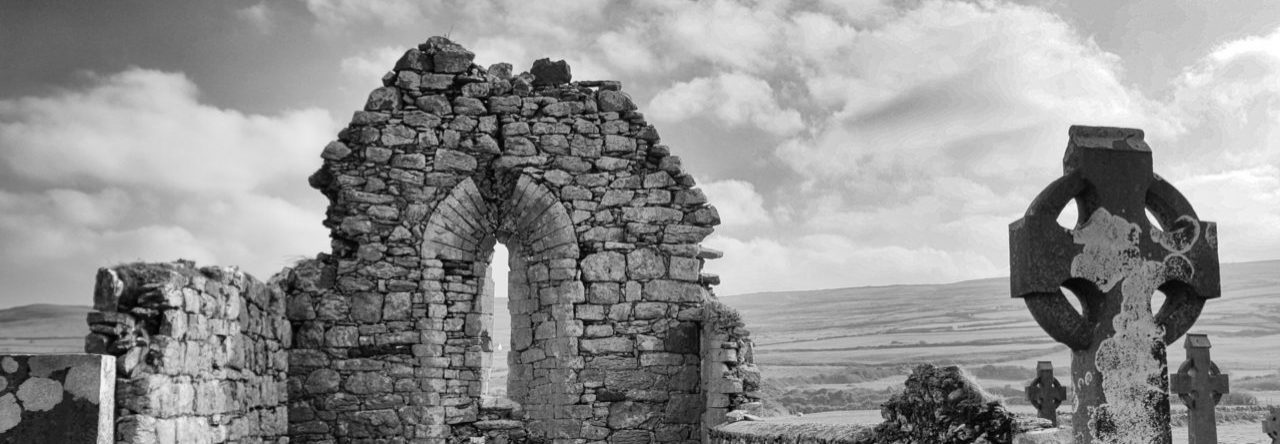Francis Marion Crawford was born into a wealthy and accomplished American family. His father was a talented sculptor and his sister an author of historical novels. Julia Ward Howe, the famous abolitionist, suffragette, and poet, was his aunt. At some point during your life, you’ve probably sung (or at least heard) a few lines of her most famous work, The Battle Hymn of the Republic. She wrote that patriotic song during America’s deeply traumatic Civil War and it has been popular ever since. Crawford himself was highly educated, having studied at prestigious universities in England, Germany, Rome and the United States. Among other things, he studied Sanskrit, an ancient and challenging language of India. Moreover, he was a talented vocalist. His sonorous voice nearly led to a career in music. That dream, which his mother shared, ended in deep disappointment when renowned singer and conductor George Henschel told him that he lacked a professional singer’s command of tone.
This episode precipitated a minor crisis. At the time Henschel offered his professional opinion, Crawford apparently was frittering away his time at his Aunt Julia’s home. No obvious course lay before him. And his family was concerned about his future
A nonchalant comment by his uncle, made at this critical time when Crawford himself apparently had no firm ideas regarding what he should do next, set him on the path to lasting fame. “Why don’t you write down that little story you told me some time ago of that strange experience you had in India – don’t you know?” That “little story”, which Crawford titled “Mr. Issacs”, was instantly and enormously successful. He went on to write forty-six more novels as well as dramas, articles and short stories – including some of the English-speaking world’s best-loved ghost stories.
“The Upper Berth” is one of Crawford’s finest short thrillers. His stout-hearted protagonist, Brisbane, books passage for an Atlantic crossing. Brisbane’s many voyages have left him feeling jaded about his trip. Even the prospect of observing whales and spotting icebergs has lost its appeal. And he’s thoroughly unimpressed by, though entirely accustomed to, his bland accommodations. His only consolation is that it appears he’ll have his cabin to himself. So, he can look forward to an uneventful crossing. Of course, we know he can’t be left alone. Brisbane will share his cabin with a bunkmate who will mysteriously disappear and a terrifying, uninvited guest from . . . well, you really should read the story and find out for yourself. For further insight into this creepy, sea-soaked tale, read what the bloggers at Tor.com, the online fantasy magazine, have to say.
“The Screaming Skull”, F. Marion Crawford’s most anthologized story, is a monologue delivered by a sea captain that moves into a home previously owned by his deceased friend. The sea winds often moan and howl around this old house by the sea, but there’s something more sinister that disturbs the sailor’s nerves. It seems he’s not alone. Someone – or something – fills the house with unhallowed wailing. As the captain tells his tale, we begin to wonder whether it will end with a mere haunting or in bloody retribution. There are good reasons for this story’s enduring popularity. Younger readers will find straightforward terrors here. But there’s also depth to satisfy more mature audiences. For proof, consider that Phyllis Cerf Wagner and Herbert Wise included this story in their wide-ranging anthology, Great Tales of Terror and the Supernatural.
Another of F. Marion Crawford’s stories, “For the Blood is the Life”, is particularly interesting because he set it within the walls of his own Italian home! Although he was an American citizen, Crawford was born in Italy and spent much of his life there. His extensive knowledge of Italian society served as the basis for no less than twenty of his novels and a number of scholarly nonfiction works. One of Crawford’s Italian homes was a hulking, square watchtower that still stands on a rocky outcropping of the country’s remote, southwestern coast – the perfect setting for a tale of treasure, unrequited love, murder and vampirism.
The tower where Crawford wrote his vampire tale bears his name as do other locations in Italy. And he left us scores of novels – some of very high quality. Yet, he best remembered for his Gothic tales. This is a testament to their lasting power to captivate and terrify.
